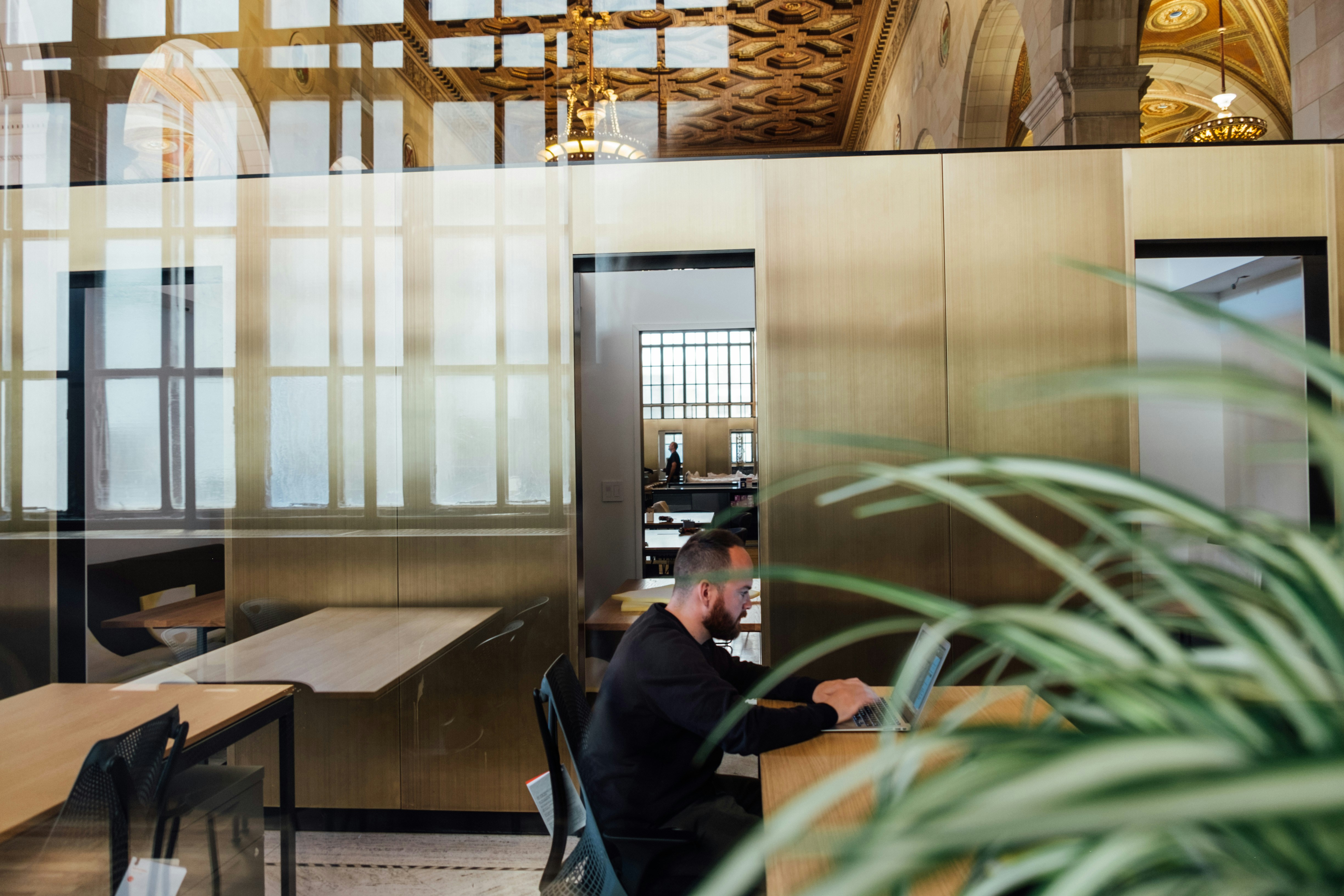


The discipline of business design seems to be increasingly appealing to actors within the service design and innovation consultancy industries.
Another trend I have noticed while talking to friends and former colleagues, however, is how little business design is understood. Due to the fairly recent emergence of the practice, its definition is blurred. No need to worry though – even Business Designers themselves find it hard to define their roles and to describe their activities. As a Service & Business Designer at Spotless, I am excited to share a series of blog posts which will aspire to share my own vision of what Business Design stands for.
At the macro level, a business designer applies human-centered methodologies to innovate or optimise the business-related elements of a service or product. It is equally important for a business designer to understand human-centered design in order to apply it to business elements as it is for him or her to have the analytical skills to understand how a business or service functions.
I will go into the nitty gritty of what business design actually is, practically speaking, in the following blog posts. Today, I will focus on how the world of service design and innovation consultancy evolved with time, as it will greatly help us understand the origins of business design as well as its relevance in recent years.
It all started by seeking ‘desirability’
Service design, by nature, aspires to come up with solutions by putting people at the heart of its processes. Through design research, potential users demand the requirements of the future service enabling service design to create desirable services. While Livework and Engine, both founded in early 2000s, are considered as the pioneers of service design, a great breadth of agencies — FJORD, Frog, Designit, and many more — have since started with a similar vision and proposition.
“It might be desirable, but can we actually make it?”
Thanks to the technological progress that exponentially improved in the 2000s and to the standardisation of digital services, clients naturally started to want more than service blueprints. On top of having a plan for a desirable service, they started to ask how feasible and scalable the services actually were. As a consequence, two trends emerged – on one hand, service design agencies started to widen their offer to product development, and on the other hand, product development firms morphed into end-to-end agencies by topping up their portfolios with design research and service design capabilities. Prime examples include the likes of Futurice, Reaktor, ustwo and others.
With greater power comes greater responsibility: the need for viability.
In recent years, design has begun to prove itself as a smart return on investment, demonstrated by valuations like DMI’s Design Value Index, which showed that the financial performance of design-centric companies outperformed the S&P 500 by a significant margin. Understanding the market potential, large corporations have started to want a piece of the big pie. In the past five years, the Big Four accounting firms — PwC, EY, KPMG and Deloitte — have all acquired smaller firms with design capabilities. IT consulting firms are also catching the wave – Accenture acquired FJORD in 2013, Wipro acquired Designit in 2015, Altran acquired frog in 2017, and most recently, Idean and Adaptive Lab joined the Capgemini network. (For a more extensive list, John Maeda’s Design in Tech reports give a great overview of M&A activity within the design field every year). Prestigious management consultancies aren’t an exception, either – McKinsey acquired both Lunar and Veryday while Boston Consulting Group launched a venturing and design branch called BCGDV. Advertising, likewise, has attempted to save its industry through similar acquisitions – IDEO, for example, joined a collective run by Hakuhodo, one of Japan’s largest advertising holding companies.
Two patterns seem to have emerged from this trend. Firstly, due to the infiltration of design into the corporate world, there is now much more pressure for design to deliver measurable financial and business outcome. Clients are asking how financially viable service design work can be, and with their greater power, designers now have greater responsibility to deliver. The second pattern presents a new opportunity. As businesses begin to see the limitations of traditional business consulting, and as open-minded designers apply their methodologies to new fields such as the business paradigm, designers have the opportunity not only to prove viability but actually to design new ways to be viable.

The relevance of Business Design today.
FJORD is a design and innovation consultancy that illustrates these three points well. While their core offer is and will remain service design, they have expanded their capability to “deliver world class digital products” and “to rewire organizations to unlock people’s potential.” Simply proving desirability and feasibility of a service doesn’t suffice anymore. Today, not only is there a necessity to rationalise our design work by proving how viable it can be, there is also a growing opportunity to apply user-centered approaches and design methodologies to the business realm.
This is where business design comes in. The practice’s ability to understand the craft of people-centered methodologies, combined with its strength to create a common language with business stakeholders, makes business design the perfect ‘bridge’ between both worlds – and is the reason why its value is so relevant today.
Now that we’ve uncovered the origins of business design and slightly hinted at what it is all about, my next post will deep dive into what business design actually is within the context of a design and innovation consultancy.






Ben is on hand to answer your questions.


.jpg)

.jpg)
.png)



.svg)




.png)

